Home>Gardening & Outdoor>Pool & Spa Care>How Much Chlorine Do I Put In My Hot Tub
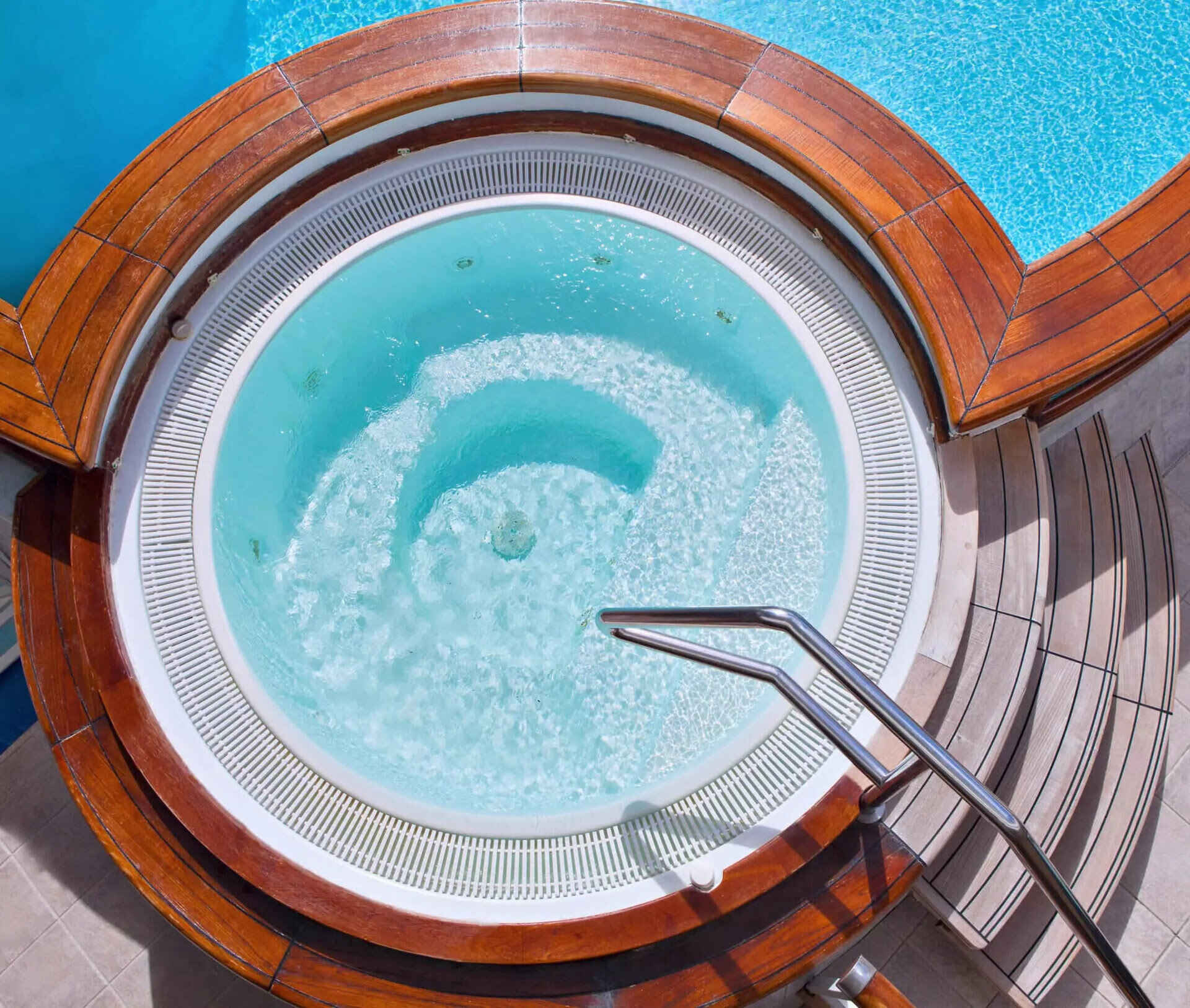

Pool & Spa Care
How Much Chlorine Do I Put In My Hot Tub
Published: December 28, 2023
Learn how to properly maintain your hot tub with the right amount of chlorine. Get expert tips for pool and spa care to keep your hot tub clean and safe.
(Many of the links in this article redirect to a specific reviewed product. Your purchase of these products through affiliate links helps to generate commission for Storables.com, at no extra cost. Learn more)
**
Introduction
**
Owning a hot tub is a luxurious and relaxing experience, offering a soothing retreat from the stresses of daily life. However, maintaining a hot tub involves more than just filling it with water and enjoying a soak. One crucial aspect of hot tub maintenance is ensuring that the water is clean and safe for use, and this involves maintaining the right balance of chemicals, including chlorine.
Chlorine plays a vital role in hot tub care, as it effectively eliminates bacteria, algae, and other contaminants that can compromise water quality and pose health risks to bathers. However, determining the correct amount of chlorine to use can be a bit of a balancing act. Too little chlorine can result in unsanitary water, while too much can cause skin and eye irritation.
In this comprehensive guide, we will delve into the essential factors that impact chlorine levels in hot tubs, the methods for calculating the appropriate amount of chlorine, and the importance of regularly testing and adjusting chlorine levels. By the end of this article, you will be well-equipped to maintain the perfect chlorine balance in your hot tub, ensuring a safe and enjoyable soaking experience for you and your guests.
Key Takeaways:
- Proper chlorine levels are crucial for a clean and safe hot tub. Regular testing and adjustments, considering factors like bather load and temperature, are essential for maintaining optimal chlorine balance.
- Understanding the impact of factors like sunlight exposure and pH levels empowers hot tub owners to calculate the right amount of chlorine. Diligent monitoring and adjustments ensure a hygienic and enjoyable soaking experience.
Read more: How Much Chlorine Should I Put In My Hot Tub
Importance of Proper Chlorine Levels
Ensuring proper chlorine levels in your hot tub is paramount for several reasons. Firstly, chlorine serves as a powerful disinfectant, effectively eradicating harmful bacteria and other microorganisms that may thrive in warm, moist environments. Without adequate chlorine, these contaminants can multiply rapidly, leading to cloudy, odorous water and posing health risks to bathers.
Moreover, maintaining the appropriate chlorine levels safeguards bathers from skin and eye irritations. When chlorine levels are too low, bacteria and organic matter can accumulate, potentially causing skin rashes, eye irritation, and even infections. On the other hand, excessive chlorine can also result in discomfort and adverse reactions. Therefore, striking the right balance is crucial to ensure a safe and enjoyable hot tub experience.
Proper chlorine levels also contribute to the longevity of your hot tub and its components. By effectively controlling bacteria and algae, chlorine helps prevent the buildup of biofilm and scale, which can clog filters, damage pumps, and corrode surfaces. This, in turn, reduces the frequency of maintenance and prolongs the lifespan of your hot tub, saving you time and money in the long run.
Furthermore, maintaining the correct chlorine levels in your hot tub promotes water clarity and purity. Crystal-clear water not only enhances the visual appeal of your hot tub but also indicates that the water is free from impurities and safe for use. This, in turn, elevates the overall hot tub experience, allowing you and your guests to relax and unwind in pristine, hygienic water.
In essence, proper chlorine levels are the cornerstone of hot tub maintenance, ensuring the health, comfort, and longevity of both the hot tub and its users. By understanding the significance of maintaining optimal chlorine levels, you can take proactive steps to safeguard your hot tub and create a safe, inviting environment for relaxation and rejuvenation.
Factors Affecting Chlorine Levels in Hot Tubs
Several factors can influence the chlorine levels in hot tubs, necessitating a keen understanding of these variables to maintain an optimal balance. These factors include:
- Bather Load: The number of people using the hot tub and the duration of their soak can impact chlorine levels. More bathers introduce organic materials such as sweat, oils, and cosmetics into the water, increasing the demand for chlorine to combat these contaminants.
- Temperature: Hot tubs typically operate at elevated temperatures, which can accelerate the breakdown of chlorine. Warmer water may require higher chlorine levels to maintain its effectiveness as a sanitizer.
- Sunlight Exposure: Exposure to sunlight can cause chlorine to degrade more rapidly. If your hot tub is situated in an area with significant sunlight exposure, you may need to monitor and replenish the chlorine more frequently.
- pH Levels: The pH of the water influences the efficacy of chlorine. Imbalanced pH levels can render chlorine less effective, necessitating adjustments to restore its potency.
- Use of Oxidizers: Some hot tub owners utilize non-chlorine shock treatments or oxidizers to supplement chlorine. Understanding how these products interact with chlorine is crucial for maintaining the desired sanitizing effect.
- Quality of Water Source: The quality of the water used to fill the hot tub can impact chlorine demand. Water with high levels of impurities or minerals may require additional chlorine to achieve and maintain proper sanitation.
By recognizing and accounting for these factors, hot tub owners can proactively manage chlorine levels, ensuring that the water remains clean, safe, and inviting for all users. Regular monitoring and adjustments based on these variables are essential for maintaining a healthy and enjoyable hot tub environment.
To maintain a safe and clean hot tub, aim for a chlorine level of 3-5 ppm. Use a test kit to measure and adjust as needed. Avoid over-chlorinating to prevent skin and eye irritation.
Calculating the Correct Amount of Chlorine
Accurately determining the appropriate amount of chlorine to add to your hot tub is essential for maintaining optimal water quality. The following steps can guide you in calculating the correct amount of chlorine:
- Determine Water Volume: Start by calculating the total water volume in your hot tub. This can be done by multiplying the length, width, and average depth of the water in feet and then multiplying the result by 7.5 to convert the volume to gallons.
- Refer to Manufacturer Guidelines: Consult the manufacturer’s guidelines for your specific brand of chlorine to identify the recommended dosage based on your hot tub’s water volume. Manufacturers often provide clear instructions on the appropriate amount of chlorine to use for routine maintenance and shock treatments.
- Consider Bather Load and Frequency: Adjust the chlorine dosage based on the frequency of hot tub usage and the number of bathers. If your hot tub experiences heavy usage or if multiple individuals frequently soak in it, you may need to increase the chlorine dosage to accommodate the higher demand for sanitation.
- Factor in Environmental Variables: Account for environmental factors such as temperature, sunlight exposure, and the use of oxidizers, as these can influence the rate at which chlorine dissipates and the overall demand for sanitization.
- Use Testing Kits: Regularly test the chlorine levels in your hot tub using reliable testing kits. These kits provide accurate measurements of free chlorine and combined chlorine (chloramines), enabling you to gauge the effectiveness of the current chlorine dosage and adjust as necessary.
By diligently following these steps and considering the unique characteristics of your hot tub, you can accurately calculate the correct amount of chlorine needed to maintain a healthy and hygienic environment. It is important to note that maintaining the proper balance of chlorine is an ongoing process, requiring regular monitoring and adjustments to accommodate changing conditions and usage patterns.
Testing and Adjusting Chlorine Levels
Regular testing and adjustment of chlorine levels are essential components of hot tub maintenance, ensuring that the water remains safe, clean, and inviting. The following steps outline the process of testing and adjusting chlorine levels in your hot tub:
- Select a Reliable Testing Kit: Invest in a high-quality testing kit designed specifically for hot tub water. These kits typically measure free chlorine, total chlorine, and pH levels, providing comprehensive insights into the water’s chemical balance.
- Establish a Testing Schedule: Create a routine schedule for testing the water, aiming for at least two to three times per week. This frequency may need to be adjusted based on factors such as bather load, environmental conditions, and the use of additional water treatments.
- Test Free and Total Chlorine: Use the testing kit to measure both free chlorine, which is the active sanitizer, and total chlorine, which includes both free chlorine and chloramines (combined chlorine). The presence of chloramines indicates that the free chlorine has been utilized and is no longer actively sanitizing the water.
- Adjust Chlorine Dosage: Based on the test results, adjust the chlorine dosage as needed to achieve the optimal free chlorine level recommended for hot tubs, typically between 3-5 parts per million (ppm). If the free chlorine level is insufficient, add the appropriate amount of chlorine to raise it to the desired range.
- Address Chloramine Buildup: If the total chlorine level significantly exceeds the free chlorine level, indicating a buildup of chloramines, consider performing a shock treatment to break down chloramines and restore the effectiveness of the chlorine in sanitizing the water.
- Balance pH Levels: Ensure that the pH levels of the water are within the ideal range (typically 7.2-7.8) to support the efficacy of the chlorine. Adjust the pH using pH increasers or decreasers as necessary to maintain the proper balance.
- Monitor and Re-Test: After making adjustments, allow the water to circulate for a sufficient period, typically several hours, before re-testing the chlorine and pH levels to confirm that they are within the recommended ranges.
By diligently following these testing and adjustment procedures, hot tub owners can maintain the ideal chlorine balance, ensuring that the water remains sanitary, clear, and safe for all users. Consistent monitoring and proactive adjustments based on the test results are vital for preserving the quality of the hot tub water and promoting a positive soaking experience.
Conclusion
Maintaining proper chlorine levels in your hot tub is a fundamental aspect of responsible ownership, ensuring that the water remains clean, safe, and conducive to relaxation. By comprehending the significance of chlorine and its impact on water quality, hot tub owners can take proactive measures to uphold optimal sanitation and clarity.
Understanding the factors that influence chlorine levels, such as bather load, temperature, and environmental variables, empowers individuals to make informed decisions regarding chlorine dosage and ongoing maintenance. Regular testing and adjustment of chlorine levels, coupled with the consideration of pH balance and chloramine buildup, are essential practices for preserving the integrity of the hot tub water.
By adhering to manufacturer guidelines, utilizing reliable testing kits, and staying attuned to the unique dynamics of your hot tub, you can effectively manage chlorine levels and create a pristine, inviting environment for yourself and your guests. This commitment to water quality not only enhances the hot tub experience but also contributes to the longevity of the hot tub and its components.
Ultimately, the pursuit of ideal chlorine levels reflects a dedication to the well-being and enjoyment of all hot tub users. By embracing the principles outlined in this guide and integrating them into your hot tub maintenance routine, you can foster a hygienic, rejuvenating environment that elevates the pleasure and benefits of hot tub ownership.
Remember, the quest for the perfect chlorine balance is not merely a task, but a commitment to nurturing a space where relaxation, wellness, and enjoyment converge seamlessly.
Frequently Asked Questions about How Much Chlorine Do I Put In My Hot Tub
Was this page helpful?
At Storables.com, we guarantee accurate and reliable information. Our content, validated by Expert Board Contributors, is crafted following stringent Editorial Policies. We're committed to providing you with well-researched, expert-backed insights for all your informational needs.
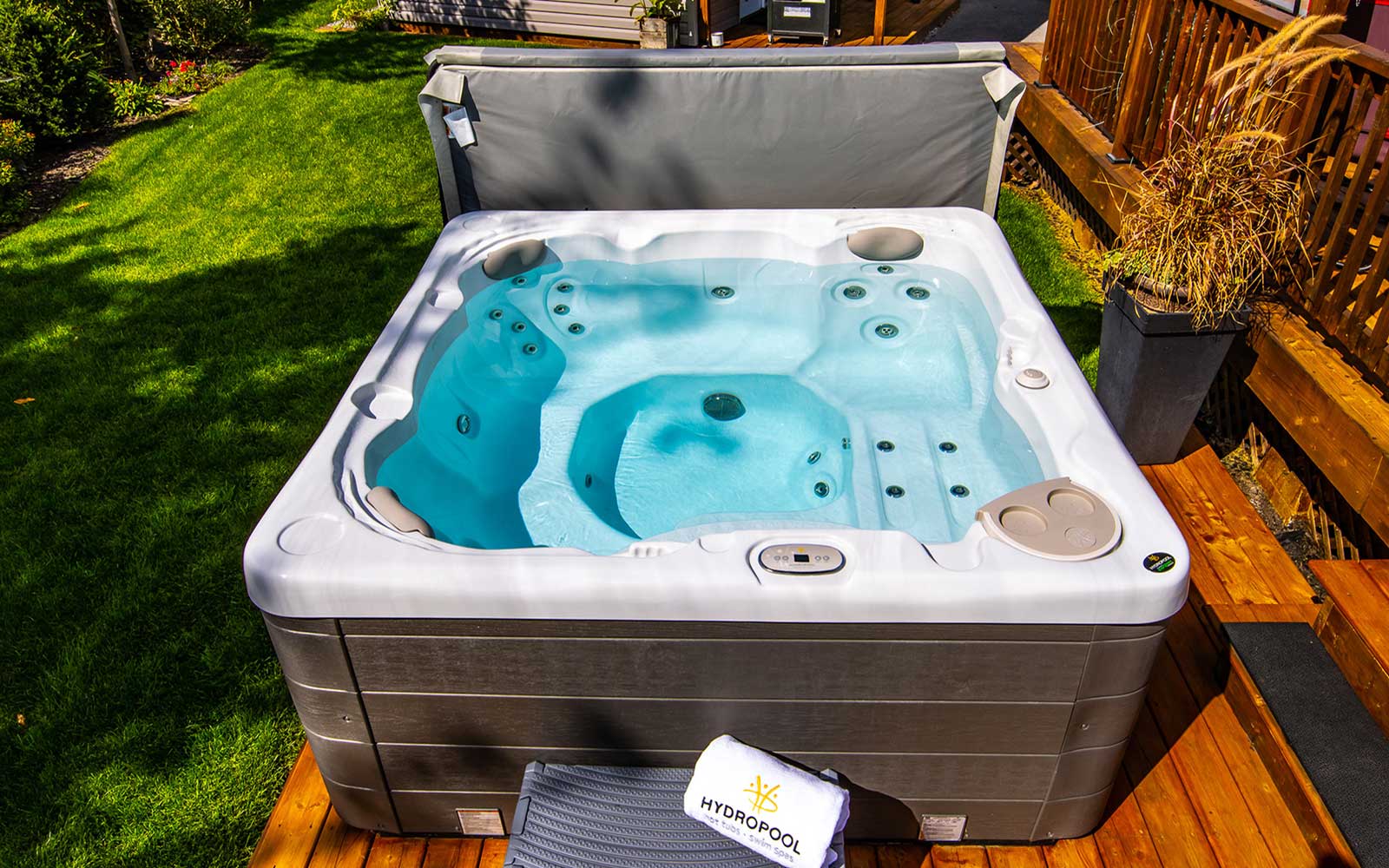
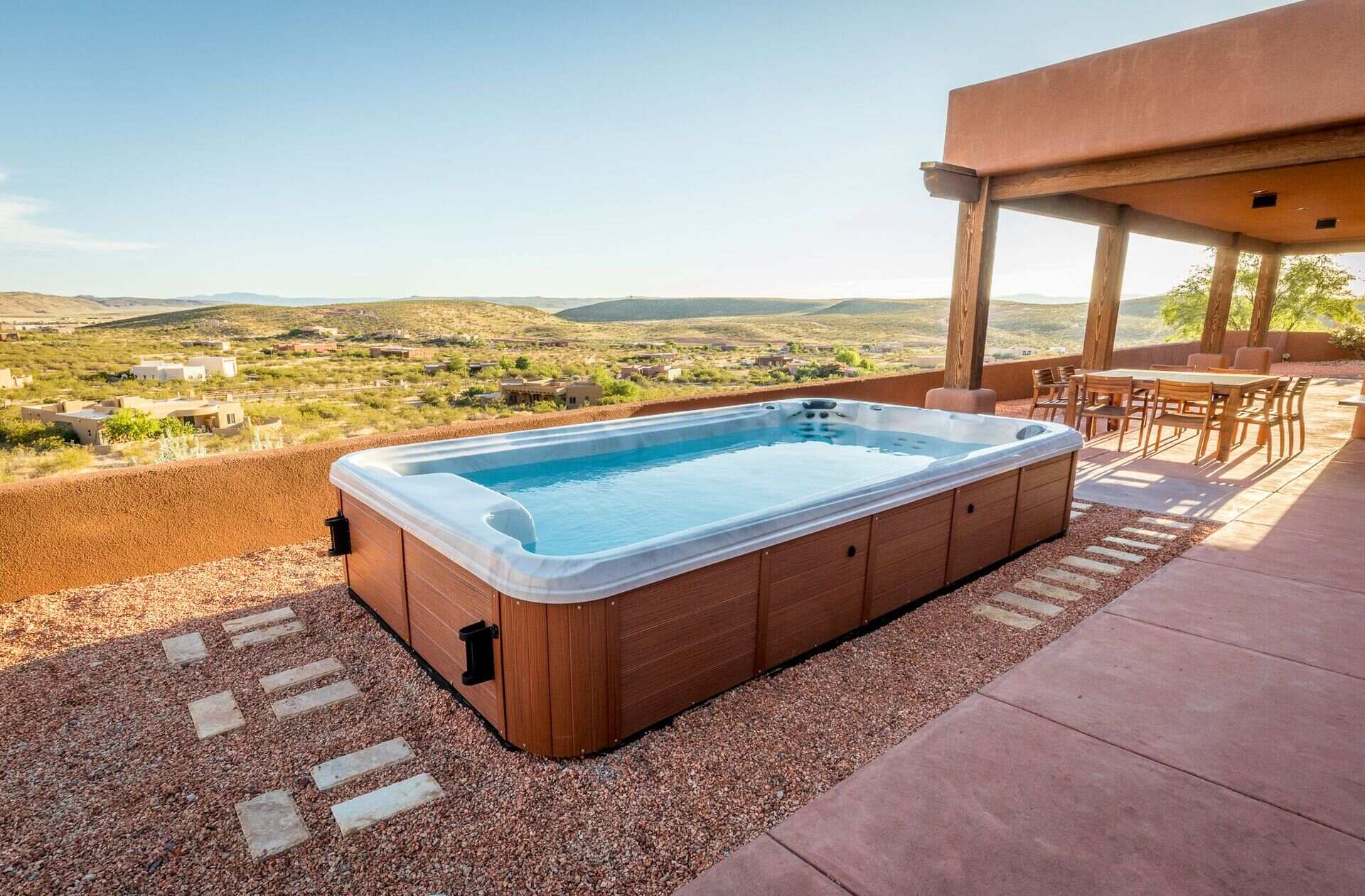
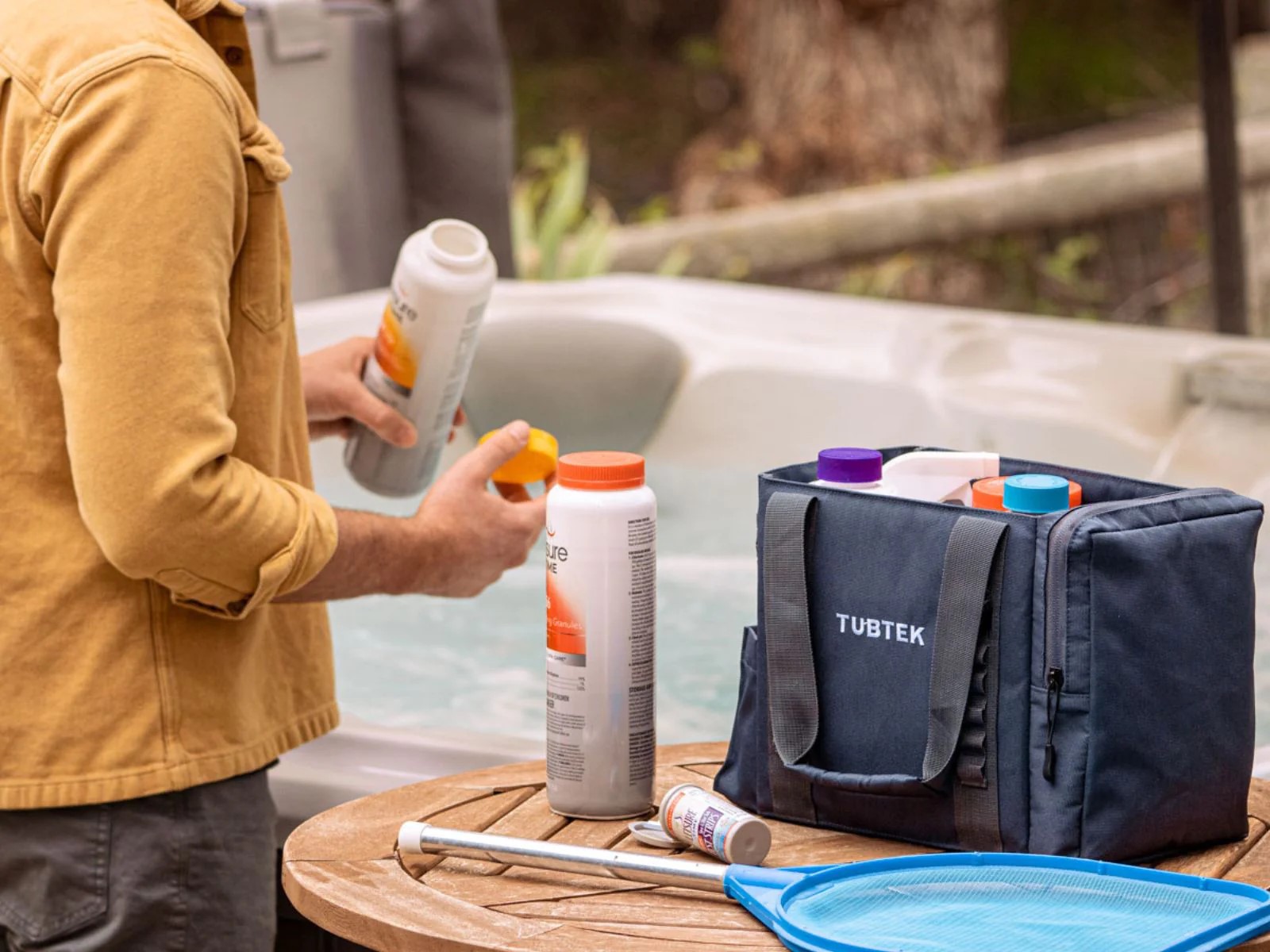
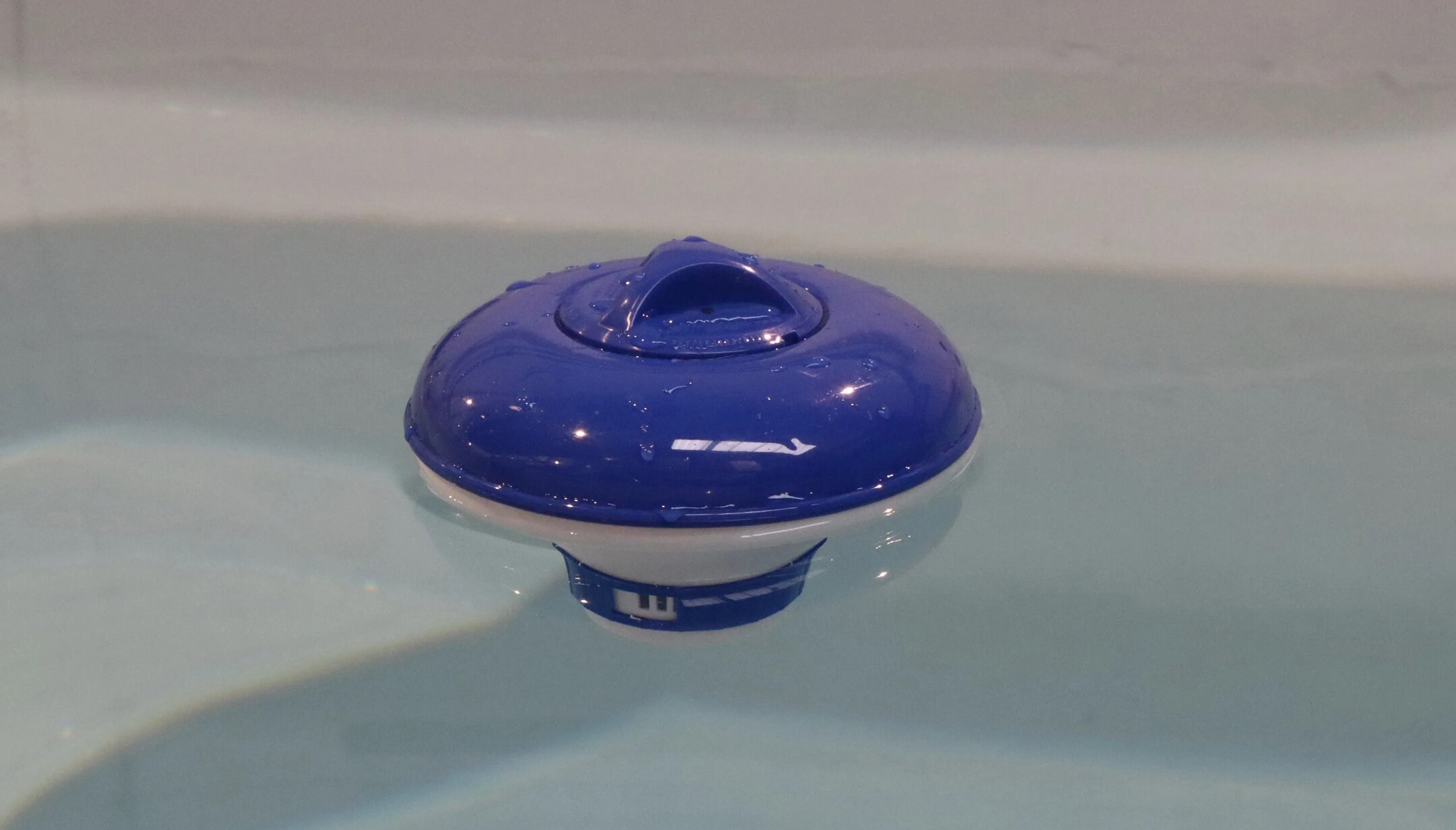
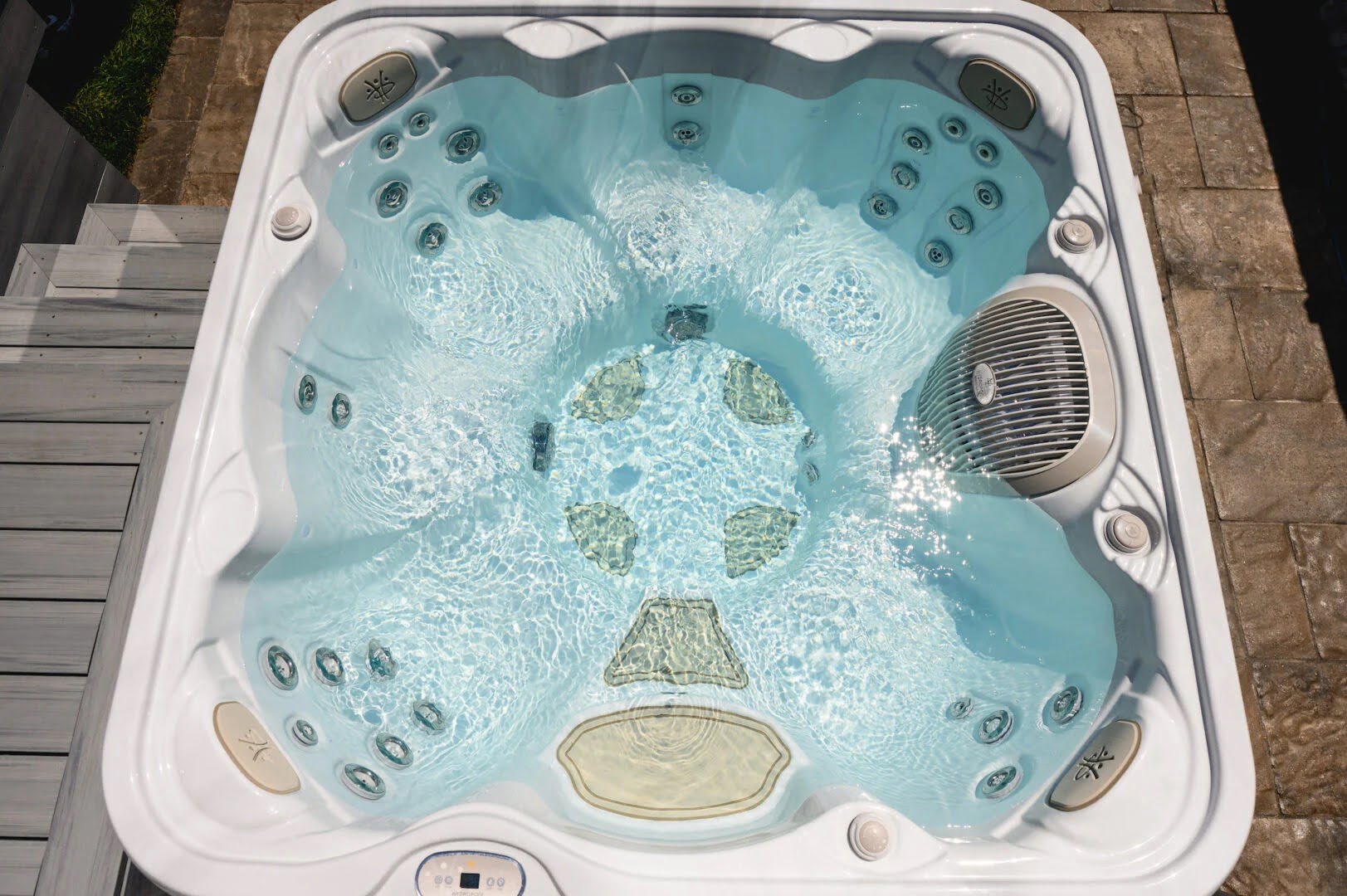
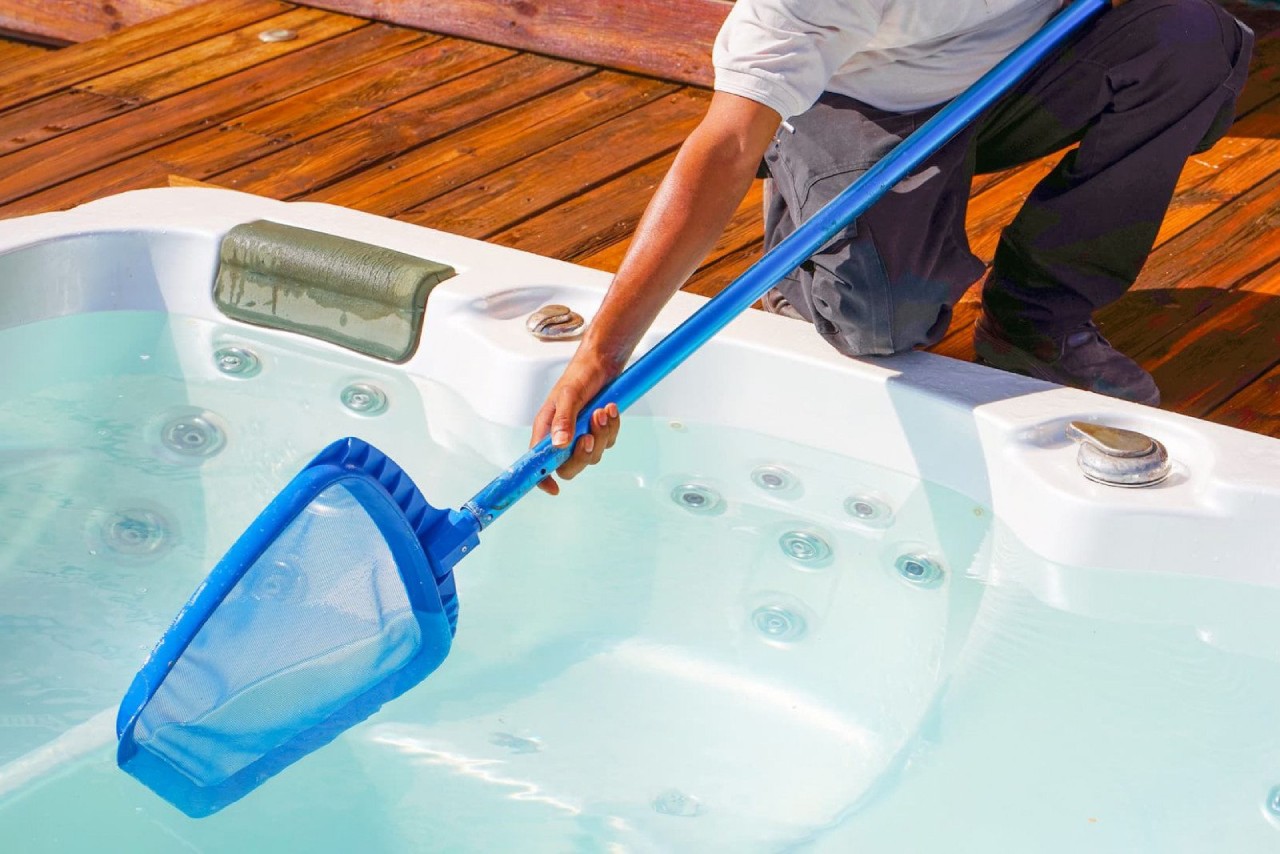
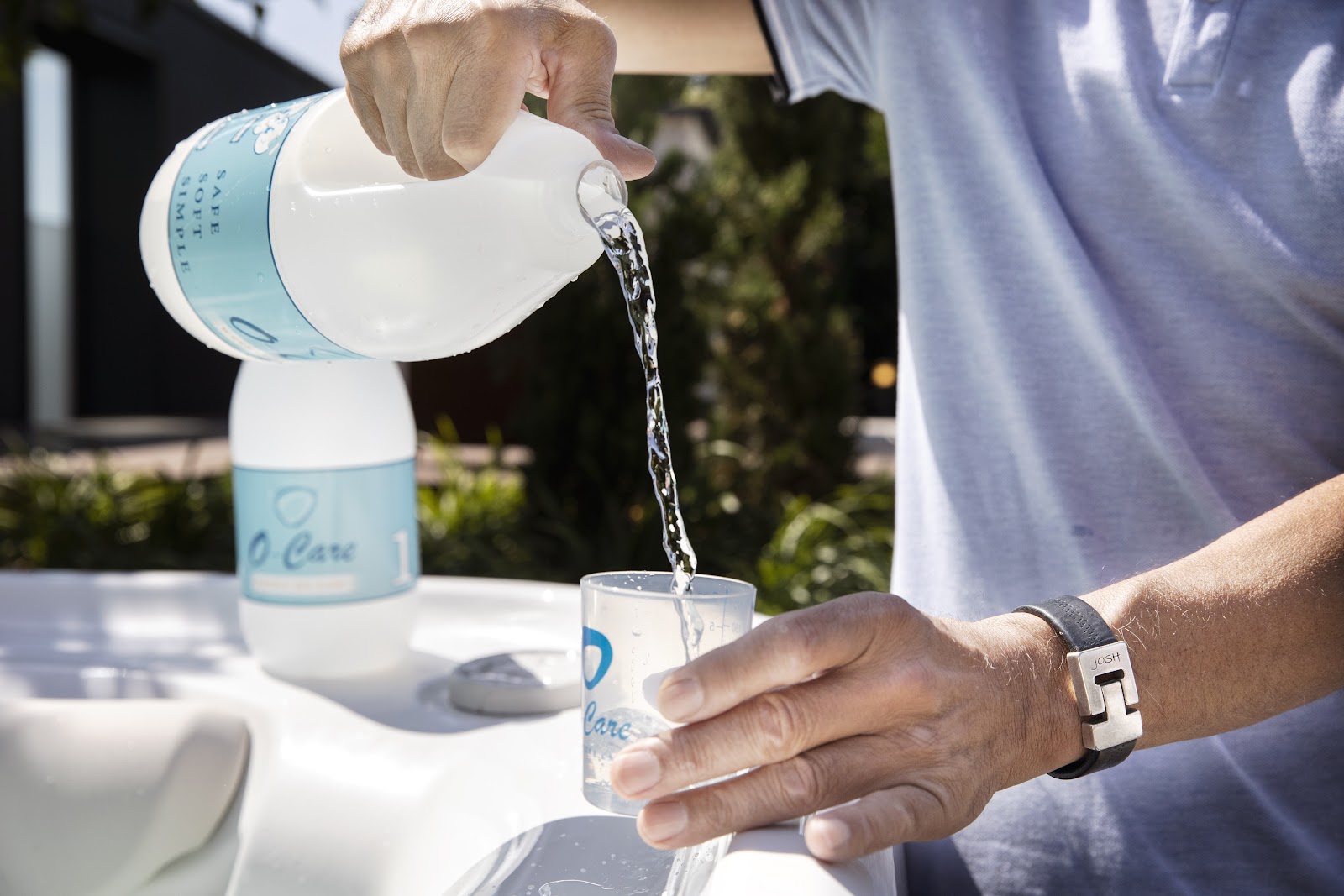
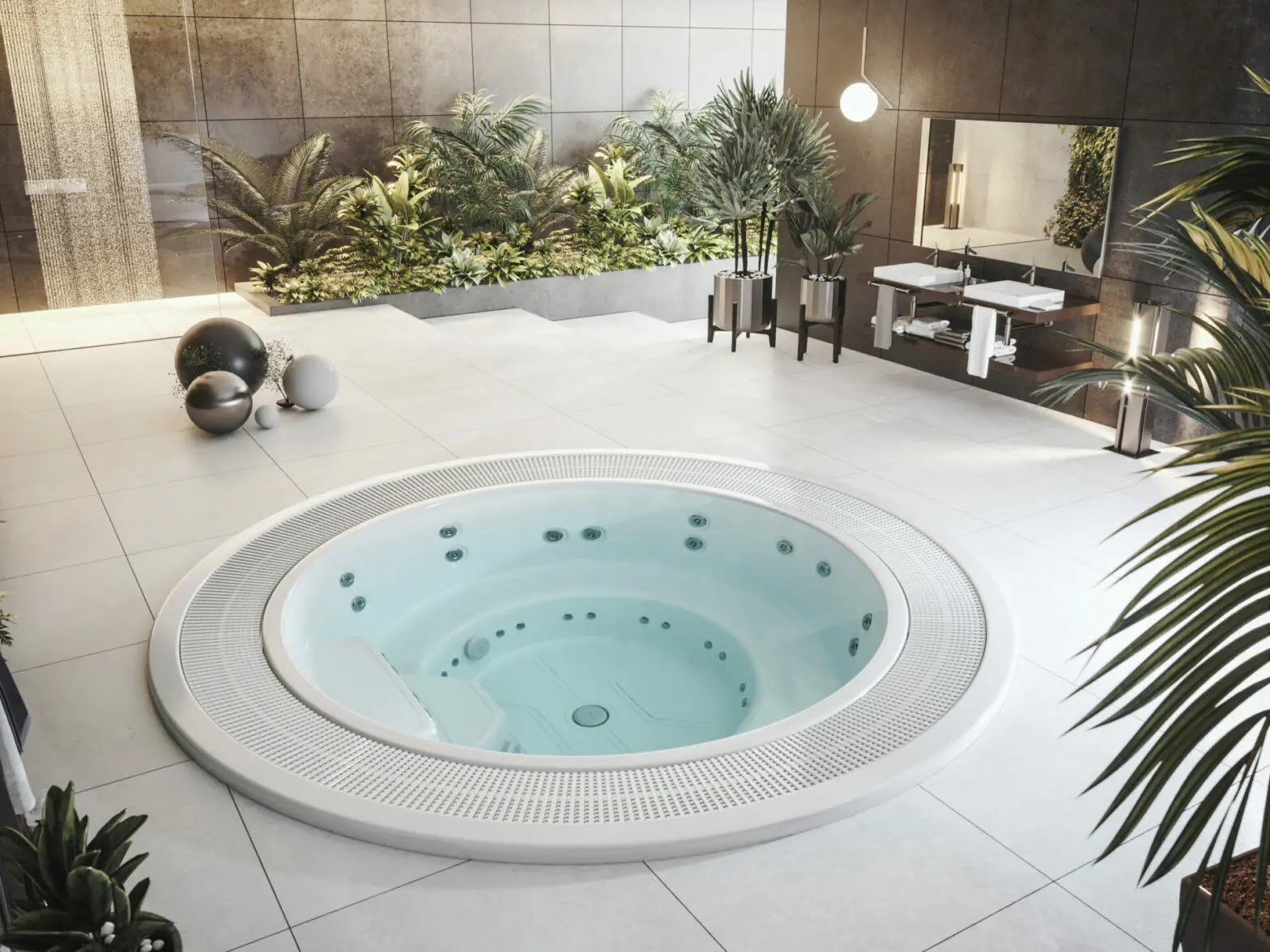
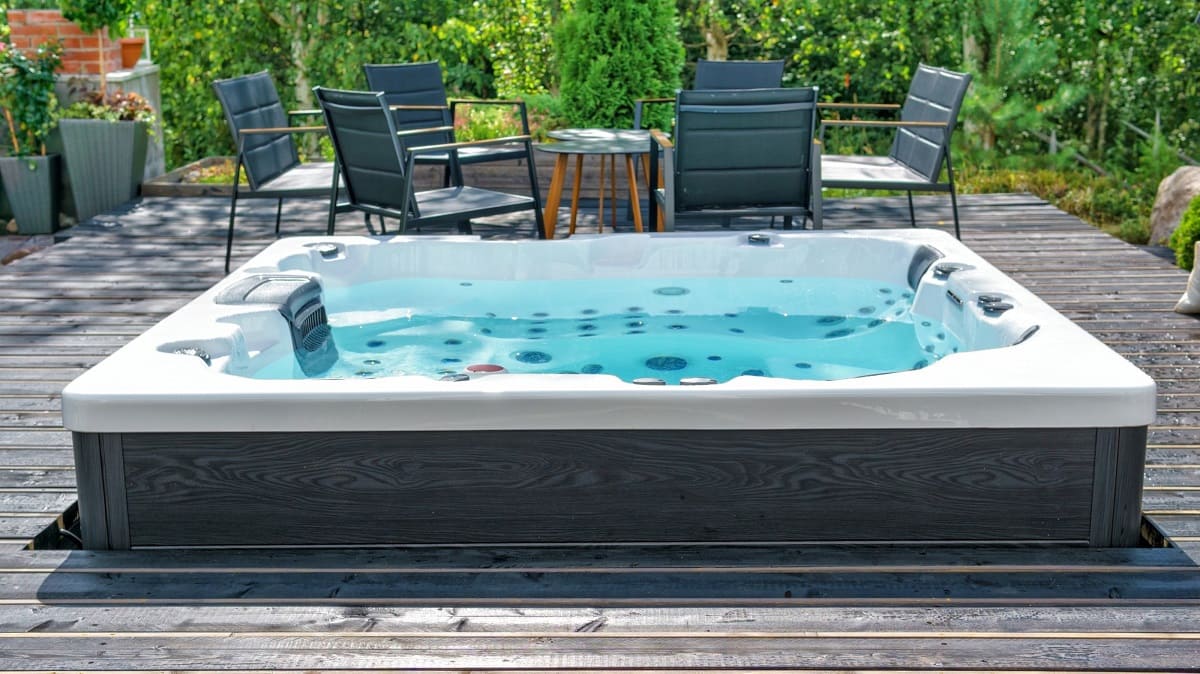
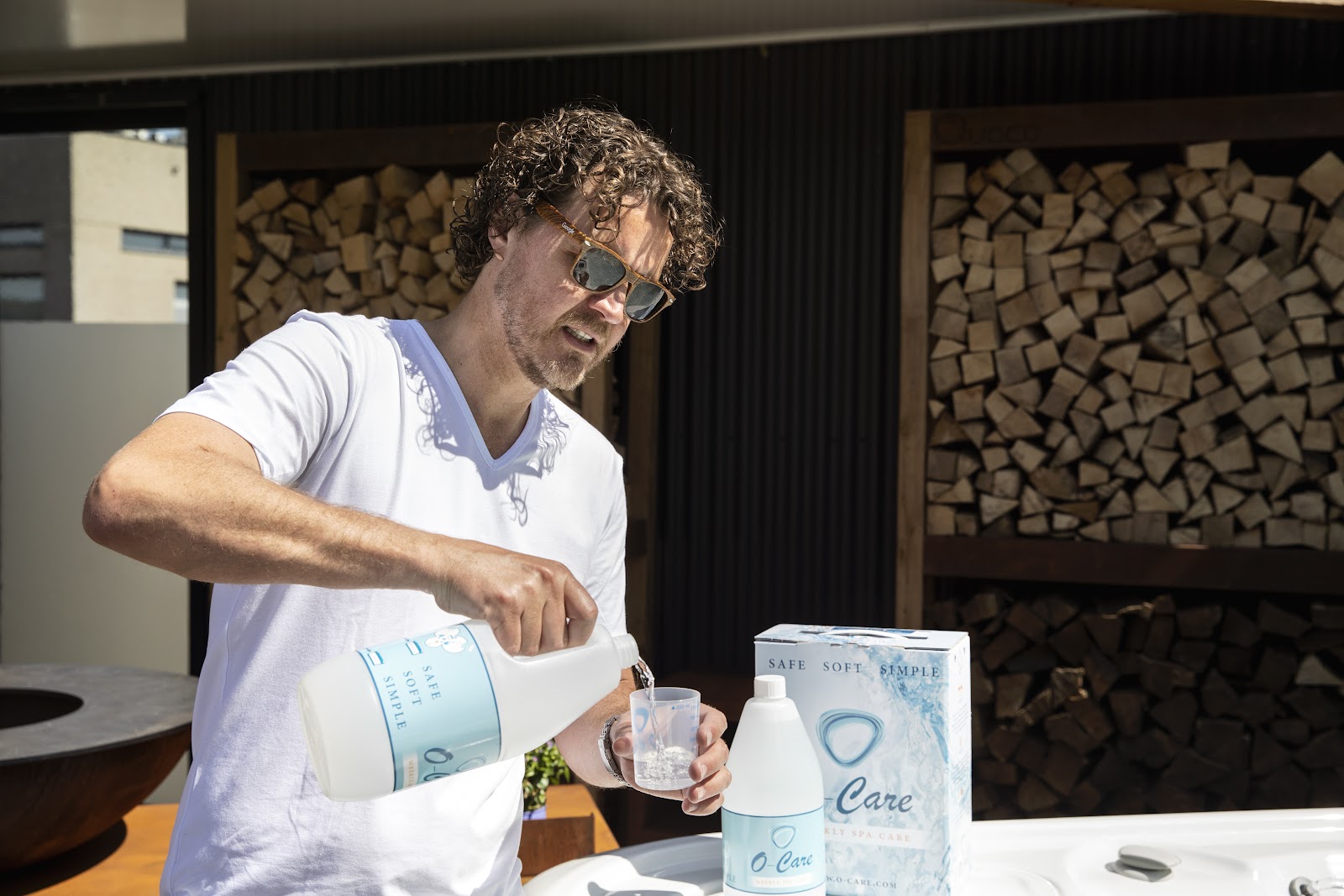
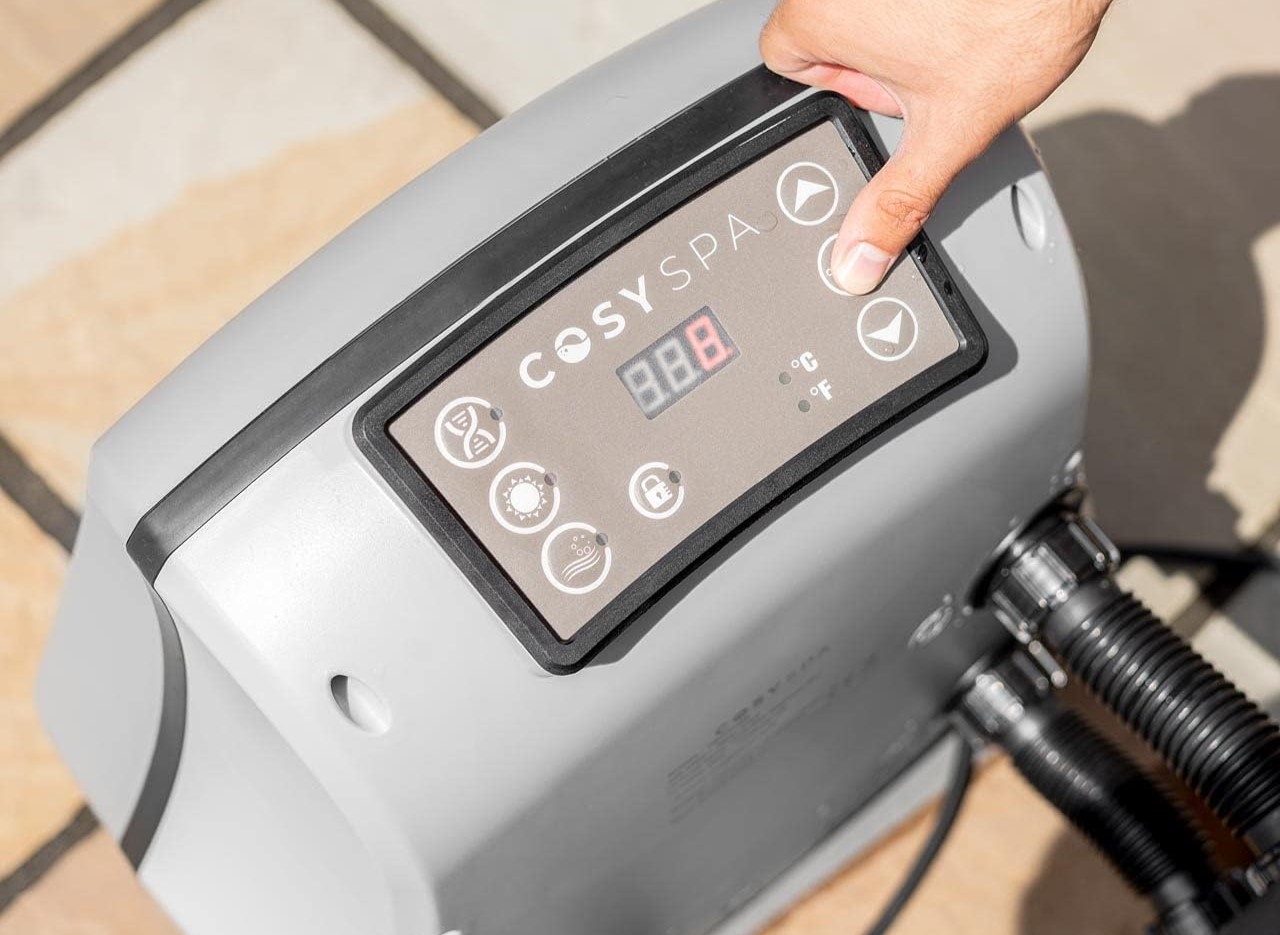
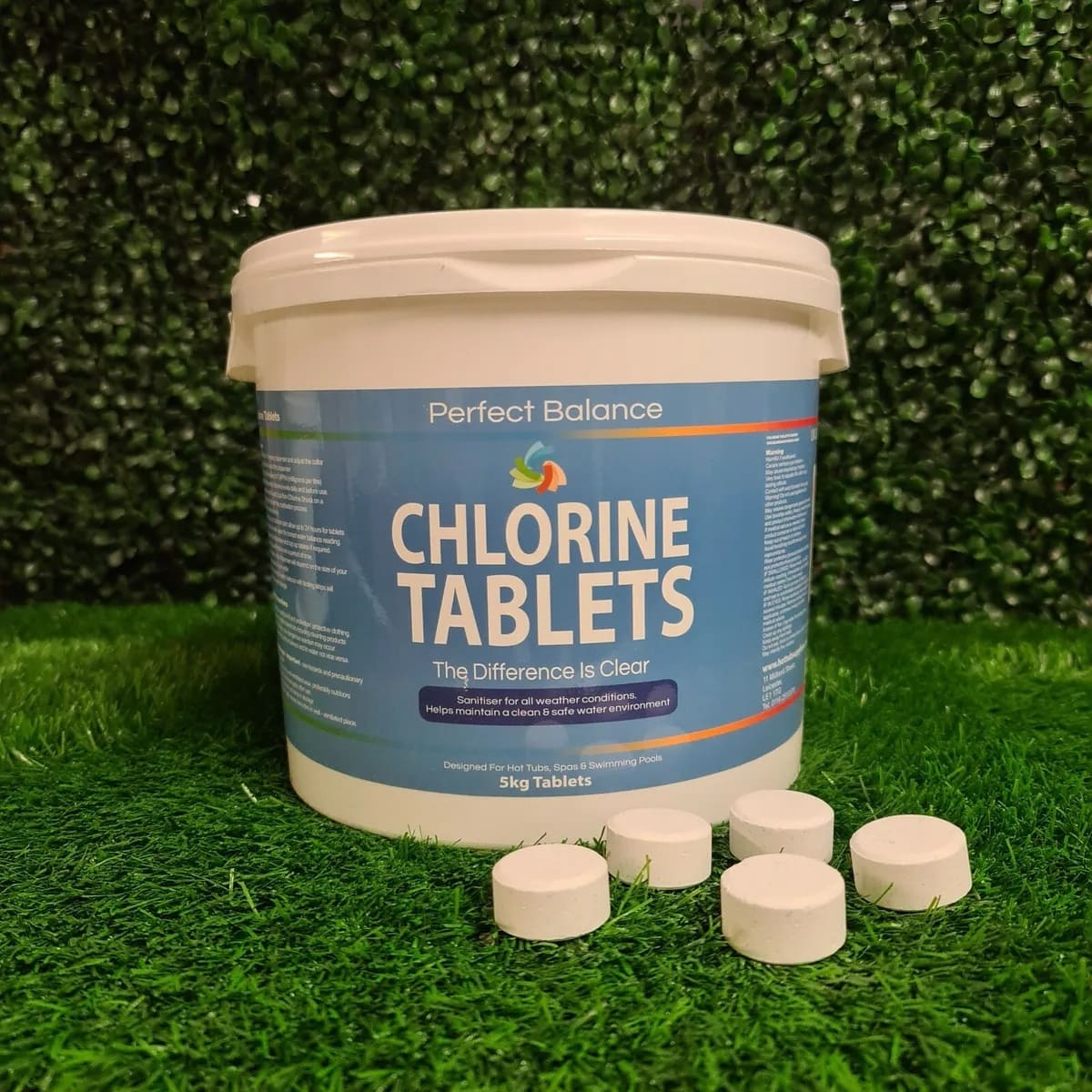
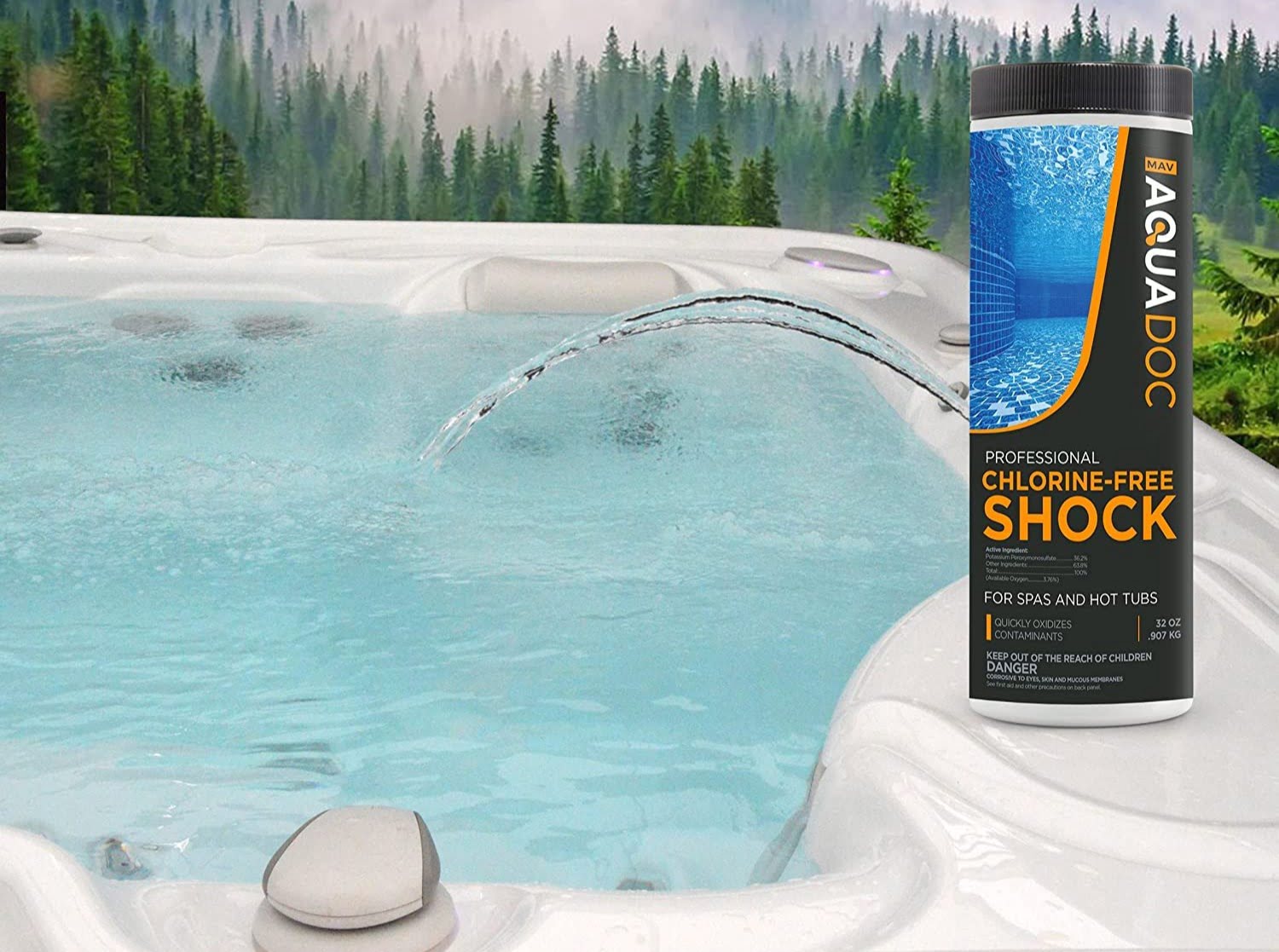
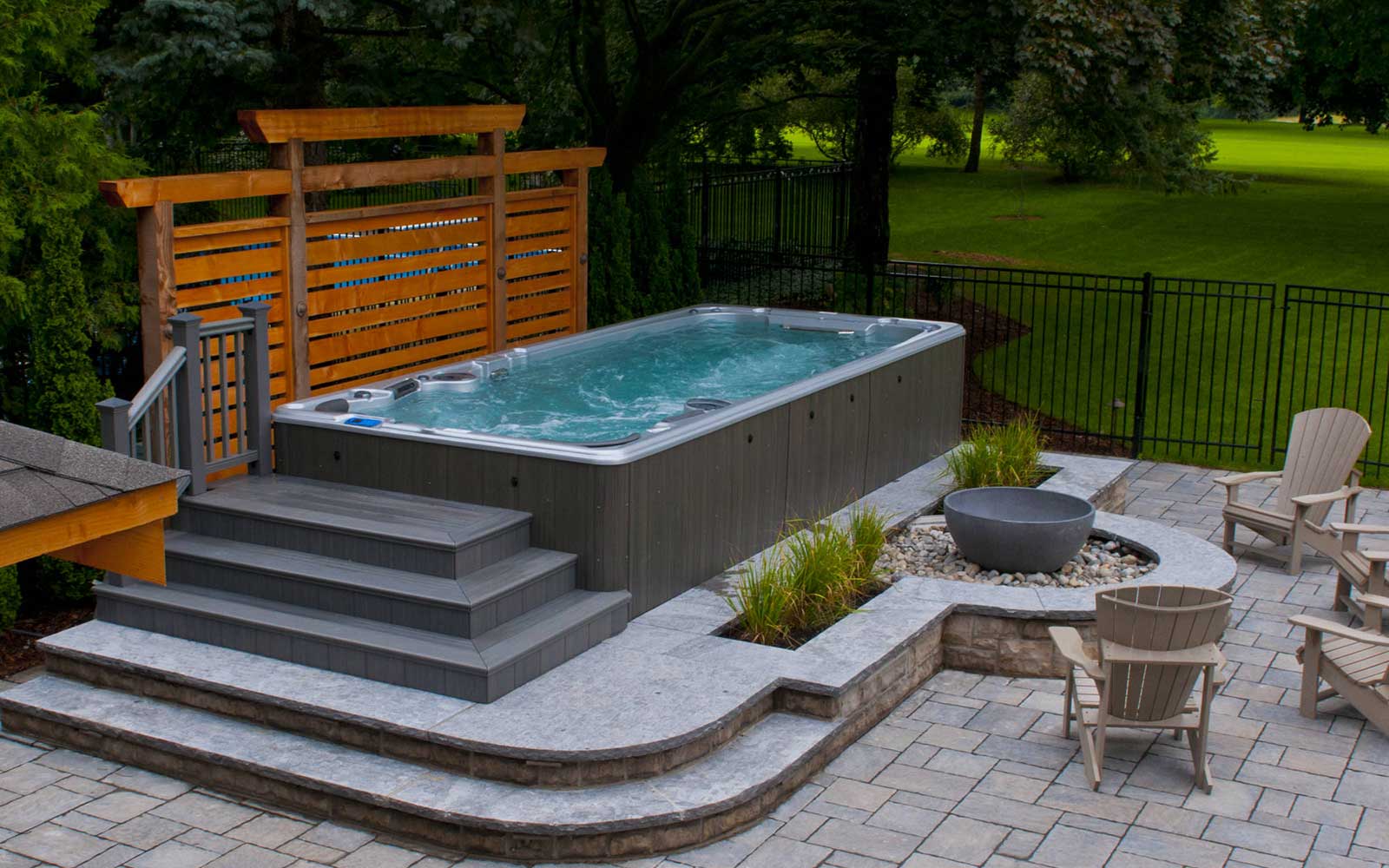

0 thoughts on “How Much Chlorine Do I Put In My Hot Tub”